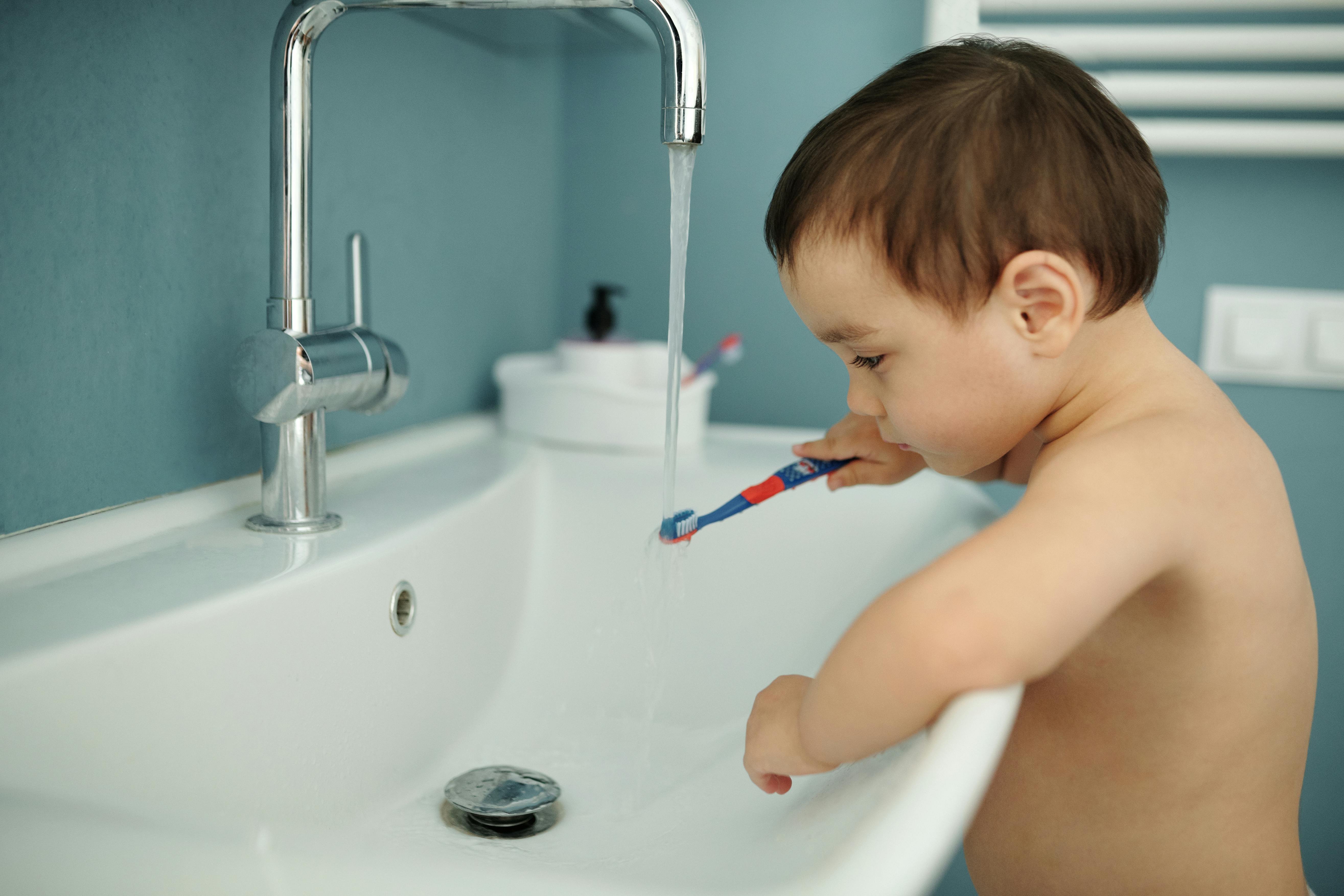In Texas, most child drownings occur in swimming pools, but dangers also exist in places you might not expect—like bathtubs, hot tubs, ponds, and even toilets. Tragically, children under the age of one are most likely to drown inside the home. And in many cases, toddlers who drown were out of sight for less than five minutes.
Drowning can happen quickly and silently, but it is also preventable. Be ready for emergencies—keep emergency telephone numbers in an easy-to-find location, and make sure anyone caring for your child knows how to respond. Take the time to learn CPR; it could save a life.
Inside the Home:
- Never leave small children alone near any container of water.
- Keep bathroom doors closed and secure toilet lids with lid locks.
- Never leave a baby alone in a bath for any reason. Get the things you need before running water, and take the child with you if you must leave the room.
- Warn babysitters or caregivers about the dangers of water and stress the need to constantly supervise young children.
- Make sure small children cannot leave the house through pet doors or unlocked doors and reach pools or hot tubs.
Outside the Home:
- Never leave children alone around water whether it is in a pool, wading pool, drainage ditch, creek, pond, or lake.
- Constantly watch children who are swimming or playing in water. They need an adult or certified lifeguard watching and within reach.
- Secure access to swimming pools with fences, self-closing and latching gates, and water surface alarms.
- Find out if your child's friends or neighbors have pools.
- Completely remove the pool cover when the pool is in use.
- Store water toys away from the water, when not in use, so they don't attract a small child.
- Don’t assume young children will use good judgment around water.
Simple steps like securing bathroom doors and staying within arm’s reach during bath time can make all the difference. A few extra moments of supervision can help prevent tragedy and keep your home a safe place to play and grow.
For more water safety tips and resources, visit the Texas Department of Health and Human Services at: WATER SAFETY FOR KIDS


